 | ||
The newsboys' strike of 1899 was a U.S. youth-led campaign to force change in the way that Joseph Pulitzer and William Randolph Hearst's newspapers compensated their child labor force of newspaper hawkers. The strike lasted two weeks, causing Pulitzer's New York World to reduce its circulation from 360,000 to 125,000. The strike was successful in increasing the amount of money that newsboys received for their work.
Contents
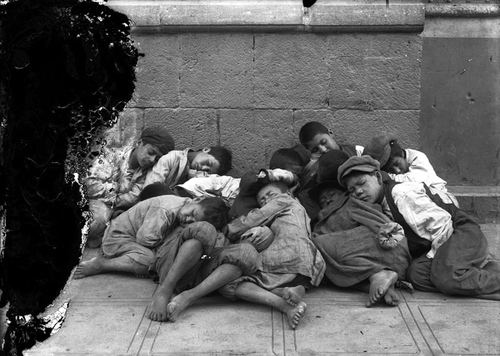
Background
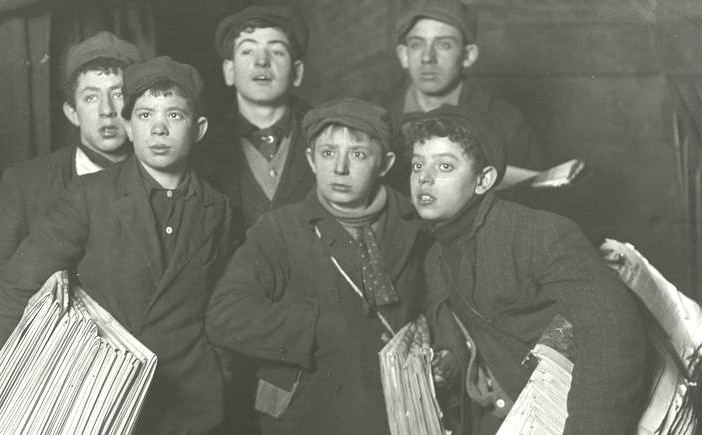
There were newsboy strikes several years before the events of 1899, including those in 1884, 1886, 1887, and 1889. The last notable strike that the newsboys held against the World and the Journal was in May 1898.
Causes
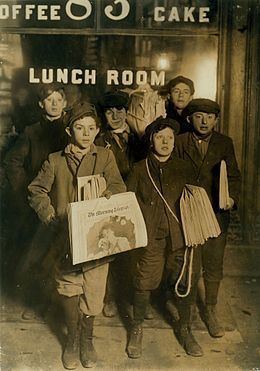
In 1898, with the Spanish–American War increasing newspaper sales, several publishers raised the cost of a newsboy bundle of 100 newspapers from 50¢ to 60¢, a price increase that at the time was offset by the increased sales. After the war, many papers reduced the cost back to previous levels, with the notable exceptions of the The Evening World and the New York Evening Journal.
Strike
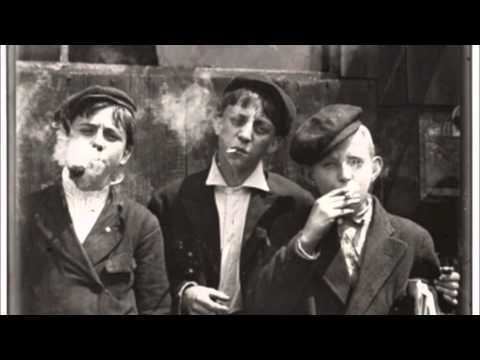
On July 21, 1899, a large number of New York City newsboys refused to distribute the papers of Joseph Pulitzer, publisher of the World, and William Randolph Hearst, publisher of the Journal. The strikers demonstrated across the Brooklyn Bridge for several days, effectively bringing traffic to a standstill, along with the news distribution for most New England cities. They kept others from selling the papers by tearing up the distribution in the streets. The boys also requested from the public that they no longer buy either paper until the strike was settled. Pulitzer tried to hire older men to do the boys' job, but the men understood their stance and wanted no part in defying the boys. Several rallies drew more than 5,000 newsboys, complete with charismatic speeches by strike leader Kid Blink.
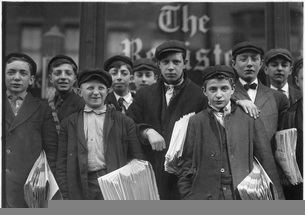
So named because he was blind in one eye, Kid Blink (Louis Ballatt) was a popular subject among competing newspapers such as the New York Tribune, who often patronizingly quoted Blink with his heavy Brooklyn accent depicted as an eye dialect, attributing to him such sayings as "Me men is nobul." Blink and his strikers were the subject of violence, as well. Hearst and Pulitzer hired men to break up rallies and protect the newspaper deliveries still underway. During one rally Blink told strikers, "Friens and feller workers. This is a time which tries de hearts of men. Dis is de time when we'se got to stick together like glue.... We know wot we wants and we'll git it even if we is blind."
Although the World and the Journal did not lower their 60¢-a-bundle price, they did agree to buy back all unsold papers and the union disbanded, ending the strike on August 2, 1899.
Legacy
The newsboys' strike of 1899 has been credited with inspiring later strikes, including the Butte, Montana, Newsboys Strike of 1914, and a 1920s strike in Louisville, Kentucky.
Some decades later, the introduction of urban child-welfare practices led to improvements in the newsboys' quality of life.
Cultural representations
The newsboys were fictionalized in 1942 by DC Comics as the Newsboy Legion, first appearing in Issue number 7 of Star Spangled Comics and continuing therein through issue 64, as well as also continuing in various forms to modern-day comics.
The events of the 1899 strike later inspired a 1992 Disney film Newsies, including a character named Kid Blink (who wears an eye patch), but in this version of the story the leader of the strike was named Jack Kelly. A musical theatre adaptation of the film, also called Newsies, debuted in 2011 and played on Broadway from 2012 to 2014 and on tour from 2014-2016.
The newsboy strike is described in detail in the 2003 non-fiction book, Kids on Strike!
